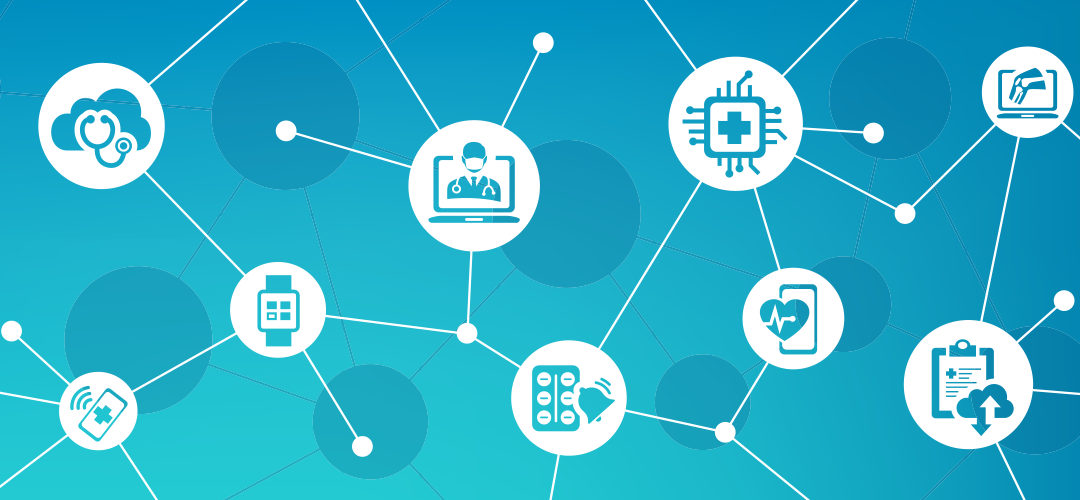
Delivering High Quality Patient Care Through Standardization and Healthcare Integration
By: Natalie Cheng
Delivering high quality healthcare has been magnified under the microscope of the pandemic. Maintaining a high quality of patient care is important and has been difficult due to COVID. Even though every patient is different, standardized processes, healthcare integration, and uniform implementation is needed in order to best treat patients.
Standardized Processes
What has been done in terms of standardizing processes in healthcare? According to Becker’s, one example of standardization comes from The Joint Commission, which “has a library of best practices for healthcare professionals that is easily accessible.” In addition, the National Patient Safety Foundation and the Agency for Healthcare Research and Quality (AHRQ) have “a number of guidelines and recommendations for medical professionals and will occasionally recognize institutions or hospitals with distinction for following them.” In terms of organizations worldwide, the World Health Organization has a surgical safety checklist with safety procedures that should be followed during every surgery from before induction of anesthesia to before the patient leaves the operating room. As discussed in a prior blog post on BPCI, the Centers for Medicare and Medicaid Services (CMS) has programs that tie hospital reimbursement to value-based metrics to improve patient safety and reduce readmissions. In order to get wider adoption of standardized processes, healthcare providers must work together and analyze data to determine what works best and what is the most effective process.
Healthcare Integration
Integrating data across healthcare systems is crucial to improving safety, quality, and productivity. Not only that, but healthcare integration is also needed to reduce cost in medicine. According to a report by the University of California – Los Angeles, “the lack of integrated system results in diagnostic errors, failures to identify deteriorating patients, communication errors, and inefficient work, all of which contribute to worker stress and burnout.” Since there is no incentive for a given vendor to work with peers on issues, organizations have created an “arms race” mentality to the detriment of patient care quality. Fortunately, there are some efforts for healthcare integration that have been more successful. For example, the Health Level Seven (HL7) nonprofit, ANSI-accredited standards developing organization has helped create a more comprehensive framework and standards for exchange, integration, sharing, and retrieval of electronic health information that supports clinical practice and the management, delivery, and evaluation of health services. The goal is to get true integration into a single smart system. Although when clinicians are getting an increasing amount of raw data, it isn’t helpful because they must go in and filter the data in order to prioritize risks and making informed decisions for treatments. Having a solution that can help providers efficiently find relevant healthcare information to make decisions will make a big impact.
Next Steps
Organizations must examine their processes and systems in order to get the right information at the right time to make informed treatment decisions. Do you have the right tools to get accurate information? Are your systems communicating with each other? If you’re looking for help in finding crucial data efficiently, please feel free to chat with our team.
Attending the HIMSS conference this year? Stop by our HIMSS kiosk and interoperability showcase booth: C200-11 and C200-131 and we would love to chat with you.


